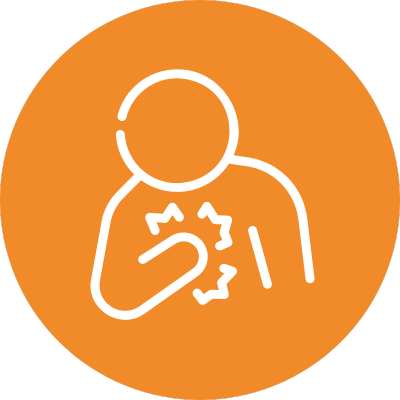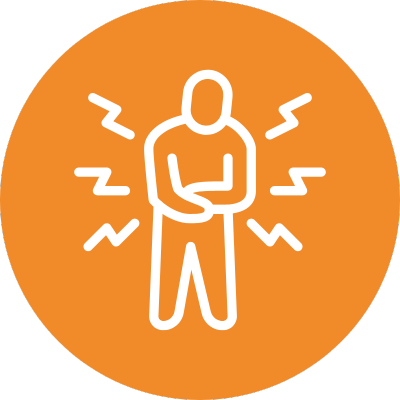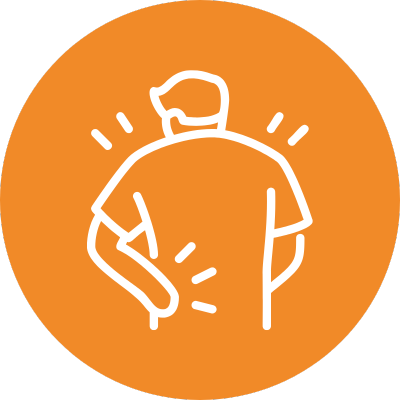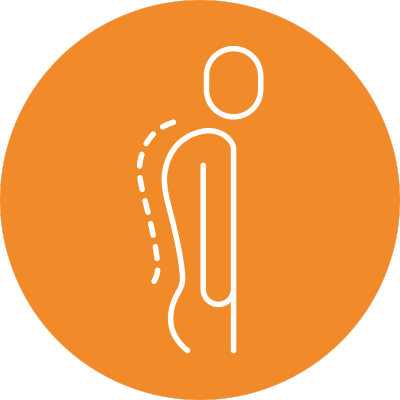Myofascial Release Therapy in Rutherford NJ
Understanding Myofascial Release Therapy
Imagine your muscles enveloped in a delicate yet strong web—a network of connective tissue called fascia. This intricate system supports and protects your muscles, allowing them to glide smoothly against each other. But sometimes, this fascia can tighten, causing pain, stiffness, and limited movement. That's where myofascial release therapy comes in.
What is Myofascial Release Therapy?
Myofascial release therapy is a hands-on technique that involves gentle, sustained pressure on the soft tissues to release tension in the fascia. Think of it as a specialized massage focusing on the connective tissue rather than just the muscles. By releasing these restrictions, we can restore the fascia's natural suppleness, allowing your body to move more efficiently and comfortably.
Conditions That Can Benefit from Myofascial Release Therapy
This can be a game-changer for a wide range of conditions. Here are some of the most common ones we see in our clinic:
Back Pain
Whether a nagging ache or a sharp, shooting pain, back pain can significantly impact your daily life. Myofascial release can help alleviate back pain by addressing the underlying fascial restrictions contributing to discomfort.
Neck Pain
Spending hours hunched over a computer or phone can lead to tight muscles and stiff necks. Myofascial release can help loosen those tense areas, improving neck mobility and reducing pain.
Headaches
Tension, headaches and migraines can be debilitating. Myofascial release can help address the fascial restrictions in the neck and shoulders that often contribute to these types of headaches.
Sciatica
This shooting pain that radiates down the back of the leg can be incredibly disruptive. Myofascial release can help alleviate sciatica pain by releasing tension in the muscles and fascia surrounding the sciatic nerve
Carpal Tunnel Syndrome
This condition causes numbness, tingling, and pain in the hand and wrist. Myofascial release can help reduce these symptoms by releasing tension in the fascia of the forearm and wrist.
Plantar Fasciitis
This common condition causes heel pain, especially in the morning or after periods of rest. Myofascial release can help reduce pain and inflammation in the plantar fascia, the thick band of tissue that runs along the bottom of your foot.
TMJ Disorders
Temporomandibular joint (TMJ) disorders can cause pain and clicking in the jaw. Myofascial release can help alleviate these symptoms by releasing muscle tension and fascia around the jaw.
Fibromyalgia
This chronic condition causes widespread pain, fatigue, and sleep disturbances. Myofascial release can help manage fibromyalgia symptoms by reducing pain and improving sleep quality.
Sports Injuries
Whether it's a pulled muscle, a sprained ankle, or a rotator cuff tear, myofascial release can help speed up the healing process and restore function after a sports injury.
Postural Problems
Poor posture can lead to muscle imbalances, pain, and stiffness. Myofascial release can help improve posture by releasing muscle and fascia tension that contribute to postural deviations.
Benefits of Myofascial Release Therapy
Beyond addressing specific conditions, it offers a host of benefits for your overall well-being:
Pain Relief
Myofascial release can significantly reduce pain throughout the body by releasing tension in the fascia.
Improved Range of Motion
Tight fascia can restrict movement. Myofascial release can help improve flexibility and range of motion, making it easier to perform everyday activities.
Reduced Muscle Tension
Myofascial release can help relax tight muscles, relieving muscle soreness and stiffness.
Improved Posture
By addressing muscle imbalances and fascial restrictions, myofascial release can help improve your posture.
Increased Blood Circulation
Myofascial release can help improve blood flow to the tissues, promoting healing and reducing inflammation.
Stress Reduction
Myofascial release's gentle, hands-on nature can be deeply relaxing, helping to reduce stress and promote a sense of calm.
Enhanced Athletic Performance
Myofascial release can help athletes perform at their best by improving flexibility, range of motion, and muscle function.
Signs You May Need Myofascial Release Therapy
It's not always easy to tell if your pain or stiffness is related to fascial restrictions.

Persistent Pain
If you have pain that won't go away despite trying other treatments, it could be a sign of fascial tightness.

Limited Range of Motion
If you find it challenging to move specific body parts, it could be due to financial restrictions.

Muscle Knots or Trigger Points
Myofascial release therapy often releases these tender spots in muscles.

Poor Posture
If you tend to slouch or have other postural problems, it could be a sign of muscle imbalances and fascial tightness

Headaches / Migraine
If you suffer from frequent headaches or migraines, fascial restrictions in the neck and shoulders could be a contributing factor.

Numbness / Tingling
If you experience numbness or tingling in your hands or feet, it could be a sign of nerve compression caused by fascial tightness.
Ready to Experience the Benefits of Myofascial Release Therapy?
If you're experiencing any of the signs mentioned above or simply looking for a way to improve your overall well-being, we encourage you to book an appointment. Our experienced therapists will assess your needs and develop a personalized treatment plan to help you achieve your goals.
Frequently Asked Questions about Myofascial Release Therapy
Don't let pain and stiffness hold you back
Contact us today and discover how therapy can help you unlock your body's full potential.




